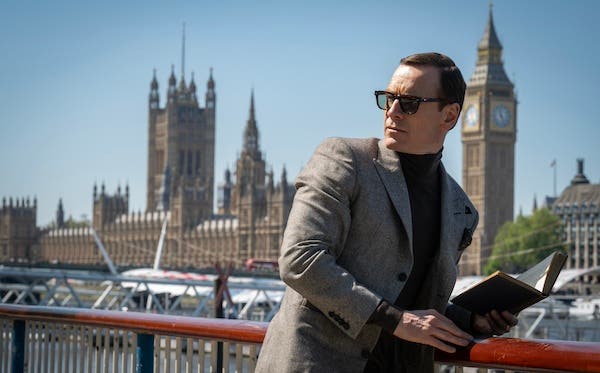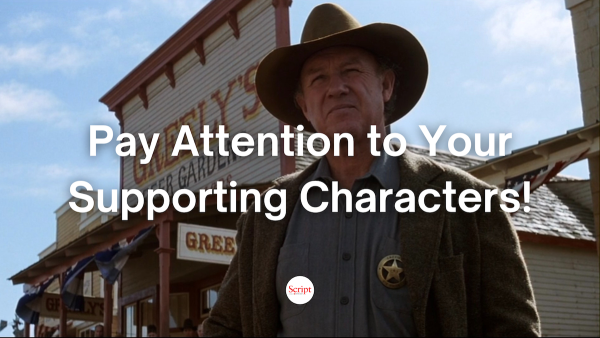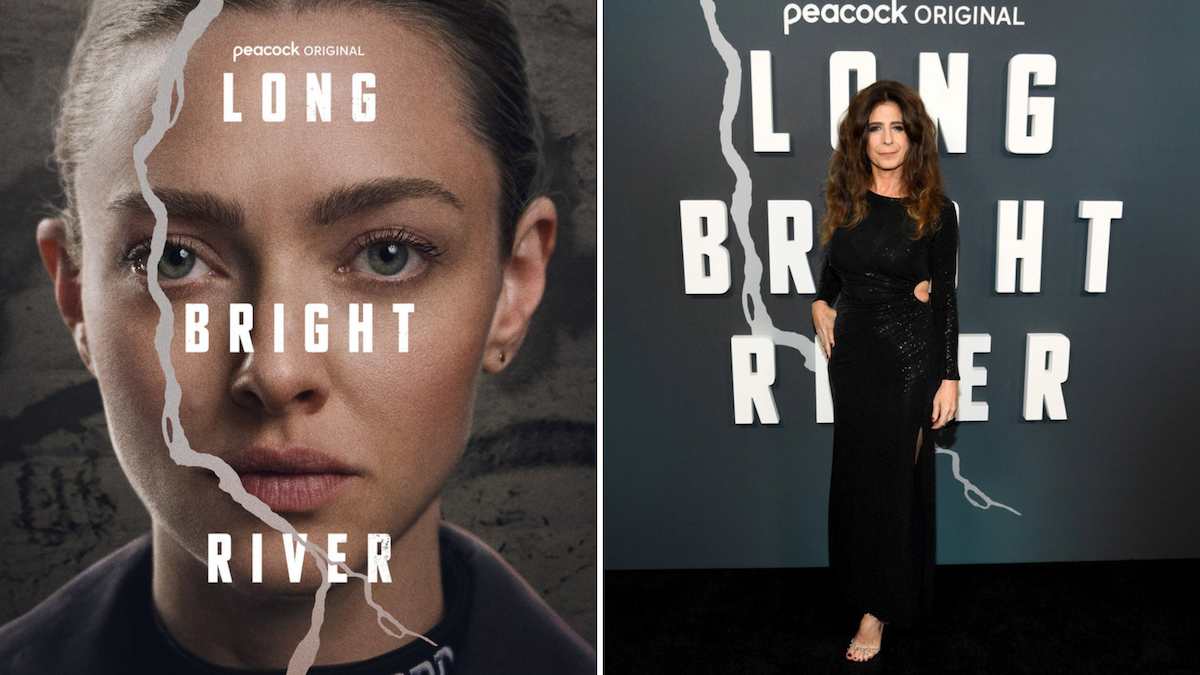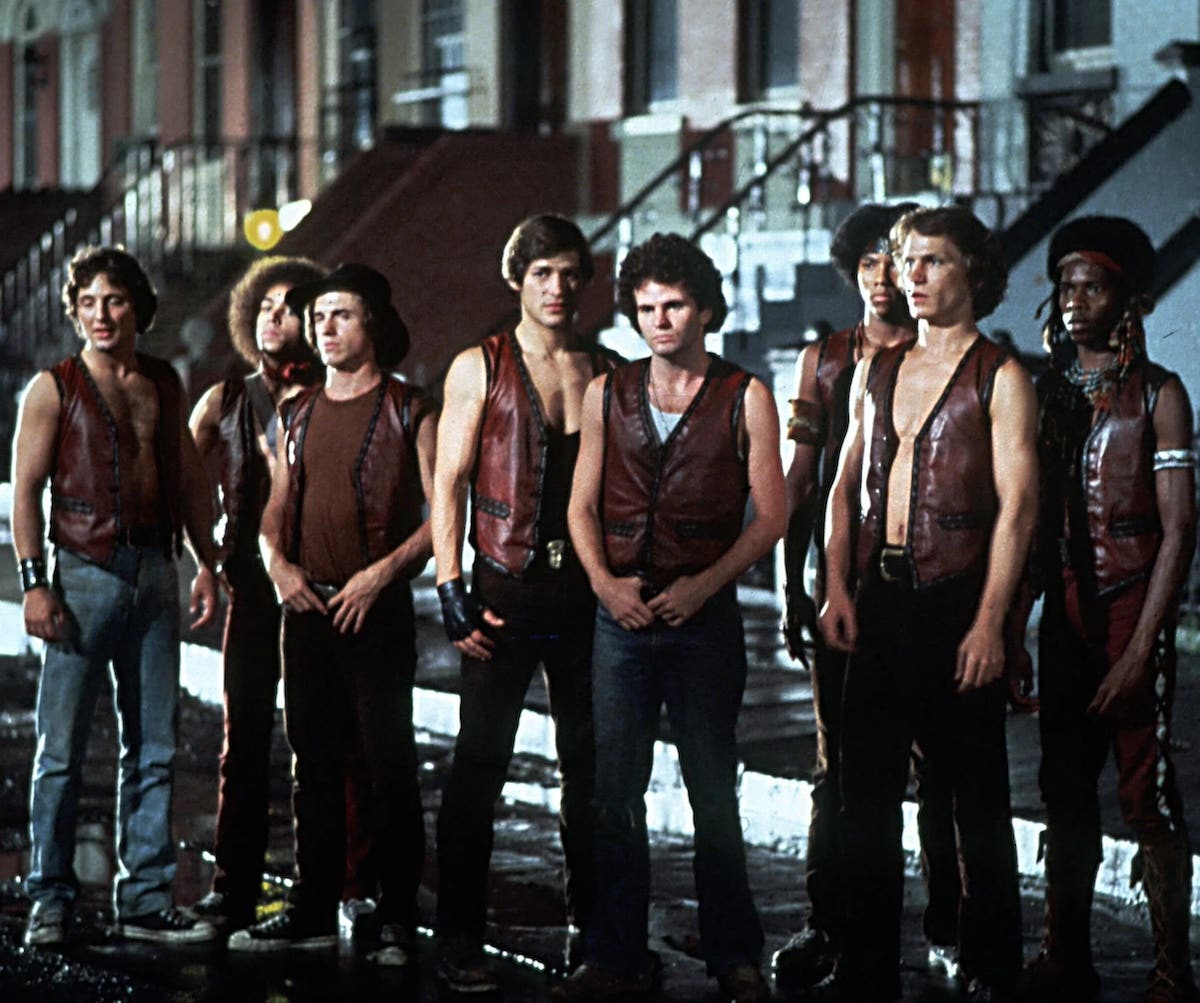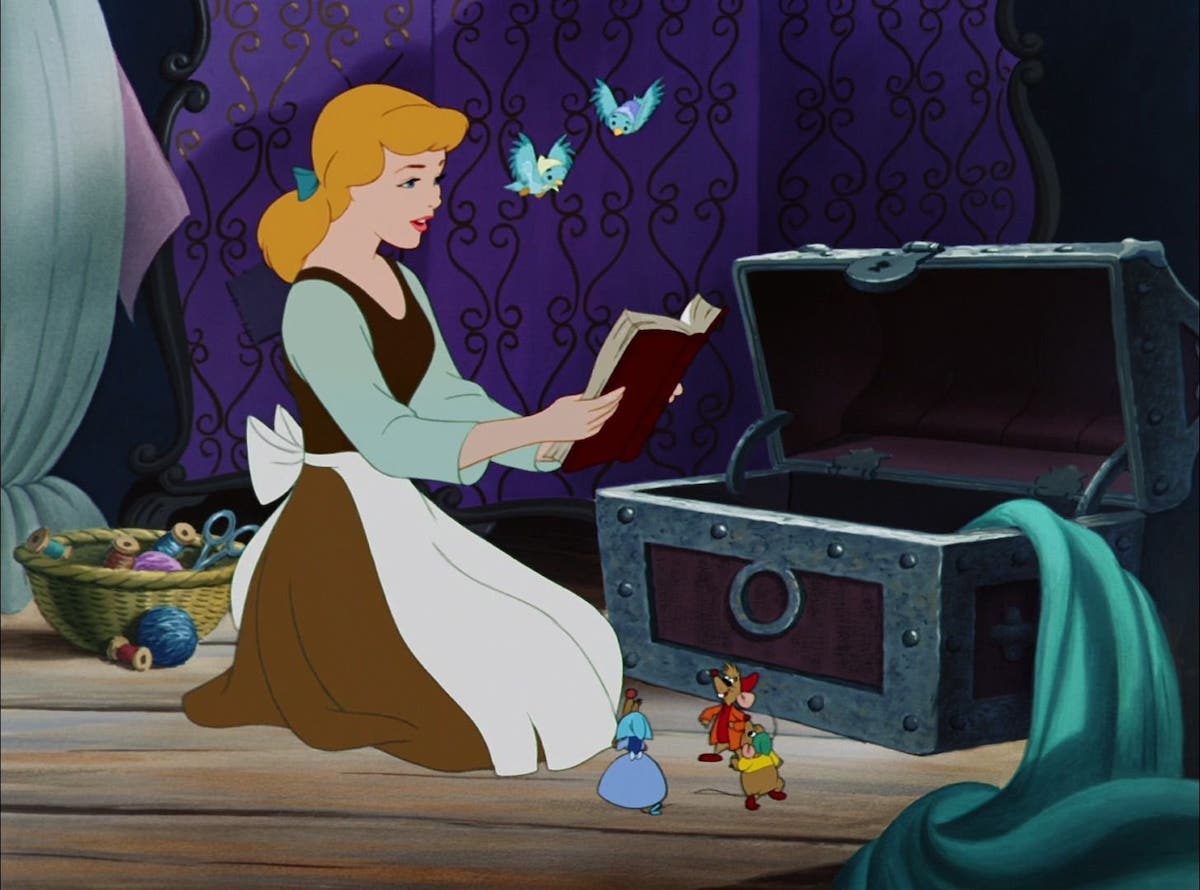Specs & The City: Juxtaposition and ‘The Godfather’
By Brad Johnson A lot of screenwriting advice that’s out there tends to focus on the technical side of writing a script, with structure and formatting tips dominating the landscape….
By Brad Johnson
A lot of screenwriting advice that’s out there tends to focus on the technical side of writing a script, with structure and formatting tips dominating the landscape. There’s nothing wrong with that; knowing how to write a professional looking script is a big part of the craft. But unfortunately, this focus on “how” at times overpowers the “what.” By that I mean that we, as writers, can sometimes get so caught up in the mechanics that we forget the core of what we’re trying to do: Tell a great story.
I’ve always tried to keep that in mind and, even though some Specs & the City columns do focus on mechanics, I’ve tried to always frame it within the context of becoming a better storyteller.
As we all know, a big part of becoming a better storyteller is simply to practice. The more you write, the more you’ll learn, and the more tools you’ll have in your screenwriter’s toolbox. When it comes down to it, the most important tools are going to be the ones that help make your story more visually compelling, and for my money it doesn’t get much more impactful than juxtaposition.
It’s present in many aspects of film, from the editing room to film score (one of my favorite examples of this is in Platoon, where a series of brutal war scenes are juxtaposed with the beautiful, classical piece Adagio for Strings). But for screenwriters, the best way to think about juxtaposition is as the arrangement of two opposing ideas, characters, sequences, or scenes next to one another in order to amplify the narrative impact on the audience.
The impact of a well-constructed juxtaposition scene is undeniable, and for proof you don’t need to look any further than one of the greatest films of all time. Let’s look at…
Juxtaposition and ‘The Godfather’
With The Godfather, Francis Ford Coppola and Mario Puzo tell the story of Michael Corleone and his transformation into the head of an Italian mafia family. It’s a classic story, and one of the most memorable scenes takes place as Michael’s son is being baptized. This scene of family love and peace is juxtaposed with a series of violent murders being carried out at Michael’s behest.
It’s a beautiful sequence and perfectly illustrates the power of juxtaposition. The full script excerpt is too long to put in its entirety in this column, but here’s a small example:
CHURCH
The ceremony continues.
PRIEST’S VOICE
Michael Francis Rizzi do you renounce
Satan?
While the church music continues:
CUT TO:
HOTEL ELEVATOR
Revealing Strachi, a Don, and the elevator operator. The door
opens and Clemenza fires two shots.
CUT TO:
CHURCH
MICHAEL CORLEONE
I do renounce him.
While the church music continues:
CUT TO:
MASSAGE ROOM
Gunman opens the door, Moe puts glasses on, gets shot in one eye.
CUT TO:
CHURCH
PRIEST’S VOICE
And all his works?
CUT TO:
HOTEL
Cicci ascending steps. Then follows Don Cuneo into a revolving
door, locks it, then shoots four times through the glass.
CUT TO:
CHURCH
MICHAEL
I do renounce them.
There’s not much more to add that Coppola and Puzo didn’t demonstrate on the page; this is well-executed, straight forward plot juxtaposition used to reveal character. What Michael is saying in one set of scenes is directly opposed to the actions taking place at his demand in the other set, and the combination of both makes it more emotionally impactful for the audience than they would have been individually.
Now go back and reread your script with this in mind. Is there a way you can juxtapose aspects of your own story to amplify the impact they have on your narrative? Deconstructing your script to see what separate scenes or sequences might work better together is a high-impact way to elevate your script and stand out as a true storyteller.
Until next time, here’s an offer you can’t refuse; keep writing.
Related Articles:
- More Specs & The City articles by Brad Johnson
- Specs & The City: Writing Scenes - In Late/ Out Early and 'The Dark Knight'
- Specs & The City: Writing Action Scenes and ‘Die Hard’
- Wendy’s LA4HIRE: Essential Ingredients to Writing a Screenplay that’s Powerful
Tools to Help:
Brad Johnson is a screenwriter and producer who has placed in multiple competitions including Final Draft Big Break and the Walt Disney Television Writing Program. He has served as a judge for the Nashville Film Festival and the NYC Midnight Short Screenplay Challenge, and worked as a script consultant through his website, ReadWatchWrite.com. You can follow Brad on Twitter @RWWFilm.


